
Kód: 15174169
Funerary Landscape at Knossos
Autor Madelaine Miller
During the last century's archaeological investigations of the advanced Bronze Age culture maintained by the so-called Minoans on the island of Crete, a number of tombs dated to the Late Minoan period and containing weapons have b ... celý popis
- Jazyk:
 Angličtina
Angličtina - Väzba: Brožovaná
- Počet strán: 125
Nakladateľ: BAR Publishing, 2011
- Viac informácií o knihe

Mohlo by sa vám tiež páčiť
-

Memoirs of Hadrian
11.15 € -23 % -

Intersection Curves of Special Surfaces in Euclidean Space
53.46 € -

Cambridge IGCSE (R) Mathematics Extended Problem-solving Book
39.22 € -

Czarna skóra, białe maski
8.29 € -18 % -
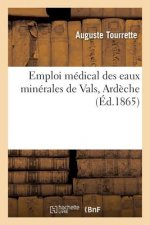
Emploi Medical Des Eaux Minerales de Vals Ardeche
16.89 € -

Basaltbildung in ihren einzelnen Umstanden erlautert
19.35 €
Darčekový poukaz: Radosť zaručená
- Darujte poukaz v ľubovoľnej hodnote, a my sa postaráme o zvyšok.
- Poukaz sa vzťahuje na všetky produkty v našej ponuke.
- Elektronický poukaz si vytlačíte z e-mailu a môžete ho ihneď darovať.
- Platnosť poukazu je 12 mesiacov od dátumu vystavenia.
Viac informácií o knihe Funerary Landscape at Knossos
Nákupom získate 169 bodov
 Anotácia knihy
Anotácia knihy
During the last century's archaeological investigations of the advanced Bronze Age culture maintained by the so-called Minoans on the island of Crete, a number of tombs dated to the Late Minoan period and containing weapons have been discovered in the surroundings of the site of Knossos. The tombs are not confined to a certain area or cemetery, but are rather dispersed around the Palace and town. Although they are characterised by their weapons, other artefacts - such as bronze vessels and certain pottery types - also distinguish these tombs. The tombs are of three types: chamber tombs with long dromoi, shaft graves and pit-caves. Various labels have been designated for them: tombs with weapons, warrior tombs, warrior graves and weapon-tombs. The warrior graves are often discussed in relation to the question of when the Mycenaeans arrived in Crete. Most scholars agree that a Mycenaean presence or power in Crete existed in the Late Bronze Age, but when their arrival would have taken place has not yet enjoyed consensus. Previous scholarship raises a number of questions that are dealt with in this work in relation to the funerary landscape at Knossos, including: to what degree do the burial customs in fact change in LM II, and what about the mainland influences? If the archaeological material points in that direction, how are we to understand such a transformation of the mortuary practices? Would this indicate an ethnic change? If, on the other hand, the material points towards a gradual process beginning already in LM I or earlier, with elements of mainland traits, what would that indicate? The tombs, shaft graves and pit-caves of Knossos are re-examined in an attempt to put answers to these intriguing questions.
 Parametre knihy
Parametre knihy
Zaradenie knihy Knihy po anglicky Humanities Archaeology
68.41 €
- Celý názov: Funerary Landscape at Knossos
- Podnázov: A diachronic study of Minoan burial customs with special reference to the warrior graves
- Autor: Madelaine Miller
- Jazyk:
 Angličtina
Angličtina - Väzba: Brožovaná
- Počet strán: 125
- EAN: 9781407307572
- ISBN: 1407307576
- ID: 15174169
- Nakladateľ: BAR Publishing
- Hmotnosť: 426 g
- Rozmery: 296 × 211 × 8 mm
- Dátum vydania: 15. March 2011
Obľúbené z iného súdka
-

Facts on the Ground
48.64 € -
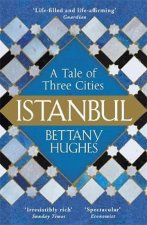
Istanbul
15.05 € -24 % -
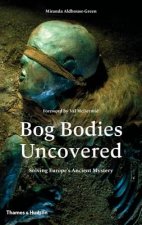
Bog Bodies Uncovered
26.01 € -17 % -
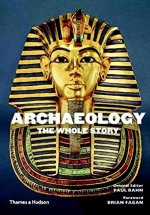
Archaeology: The Whole Story
30.21 € -15 % -
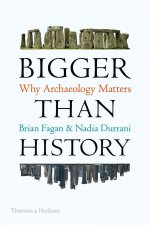
Bigger Than History
15.05 € -19 % -
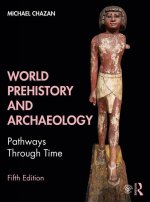
World Prehistory and Archaeology
120.24 € -

Faunal Extinction in an Island Society
214.68 € -
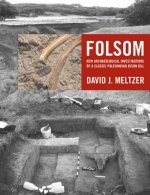
Folsom
118.40 € -

People and Culture in Ice Age Americas
90.64 € -

Fundamentals of Tree Ring Research
55.40 € -
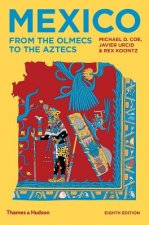
Mexico
20.89 € -23 % -
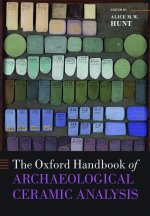
Oxford Handbook of Archaeological Ceramic Analysis
54.89 € -
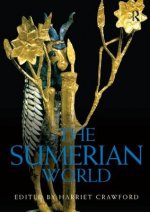
Sumerian World
65.24 € -

Ancient Treasures
20.37 € -3 % -
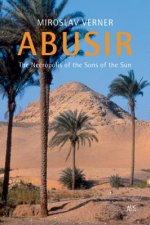
Abusir
50.18 € -2 % -

In Search of Lake Monsters
24.88 € -

In Small Things Forgotten
15.35 € -21 % -
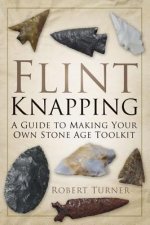
Flint Knapping
18.32 € -15 % -

Magical House Protection
33.79 € -
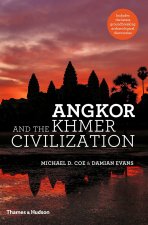
Angkor and the Khmer Civilization
26.93 € -22 % -
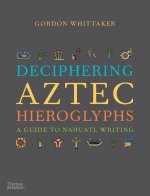
Deciphering Aztec Hieroglyphs
29.69 € -16 % -

Great Archaeologists
15.56 € -5 % -
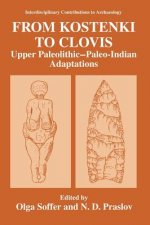
From Kostenki to Clovis
166.85 € -1 % -

Archaeology
59.71 € -

Prehistoric Life - Evolution and the Fossil Record
134.27 € -

Digging for Hitler
40.55 € -1 % -
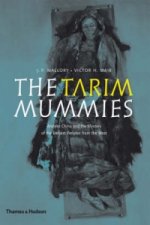
Tarim Mummies
23.55 € -

Hunter-Gatherer Economy in Prehistory
42.70 € -

Ancient Roman Gardens
33.89 € -5 % -
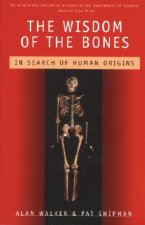
The Wisdom of the Bones: In Search of Human Origins
19.14 € -

Protecting the Body in War and Combat
62.57 € -
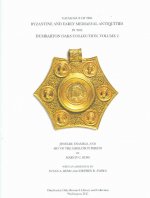
Catalogue of the Byzantine and Early Mediaeval A - With an Addendum Jewelry, Enamels and Art of the Migration V 2
149.43 € -
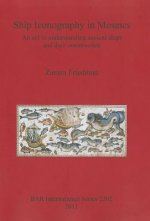
Ship Iconography in Mosaics
112.97 € -

Ancient Burial Patterns of the Moche Valley, Peru
77.32 € -
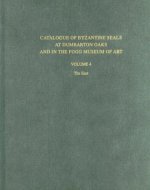
Catalogue of Byzantine Seals at Dumbarton Oaks and in the Fogg Museum of Art, 4: The East
56.74 € -
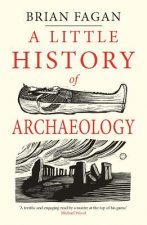
Little History of Archaeology
13.31 € -18 % -
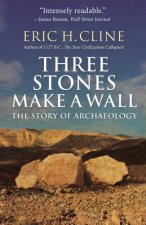
Three Stones Make a Wall
18.73 € -7 % -

Catalogue of Byzantine Seals at Dumbarton Oaks a - Constantinople and Environs, Unknown Locations, Addenda, Uncertain Readings
56.74 € -
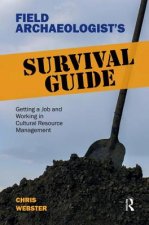
Field Archaeologist's Survival Guide
56.74 € -

Archaeologist's Manual for Conservation
77.12 € -

Master Plan
16.58 € -23 % -
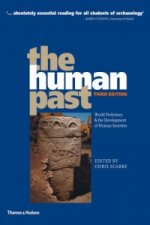
Human Past
77.73 € -
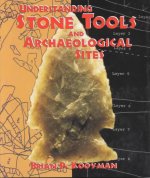
Understanding Stone Tools
42.29 € -

Women in Prehistory
31.64 € -

Children, Death and Burial
70.97 € -
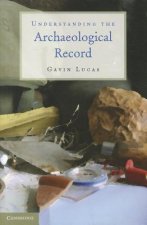
Understanding the Archaeological Record
44.44 € -
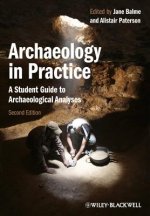
Student Guide to Archaeological Analyses
93.81 € -
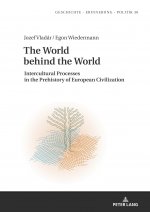
World behind the World
69.74 € -
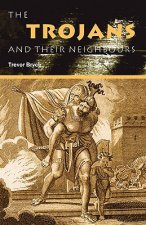
Trojans & Their Neighbours
68 €
Osobný odber Bratislava a 2642 dalších
Copyright ©2008-24 najlacnejsie-knihy.sk Všetky práva vyhradenéSúkromieCookies



 21 miliónov titulov
21 miliónov titulov Vrátenie do mesiaca
Vrátenie do mesiaca 02/210 210 99 (8-15.30h)
02/210 210 99 (8-15.30h)